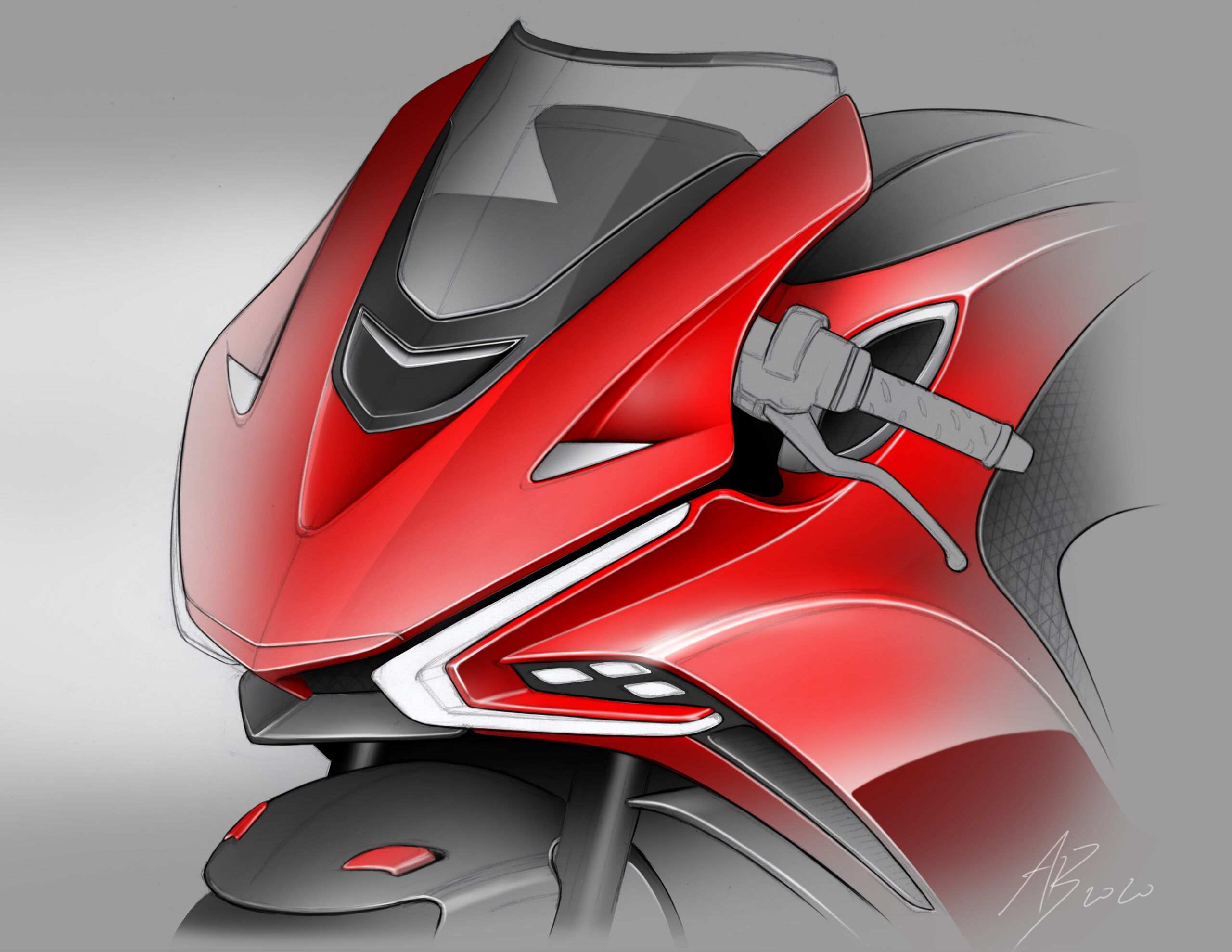Along of our professional activity, we have seen the concept of design evolve and become more complex, in the face of an increasingly competitive and sophisticated market. If in fact years ago the concept of design, and aesthetics, was linked more mostly on giving a pleasant and technically correct shape (in terms of functionality, ergonomics and feasibility) , nowadays it’s also distinguished by elements belonging to “Marketing” and “Branding” concepts, such as:
Recognition and brand recognition and strengthening of the market position
Improvement of the quality perceived by users
Distinction from other competitors
Improvement of the communication of the technical and innovation characteristics of the product to users.
[ image of Ferrari vs Lamborghini]
Same product, a sporty and high performances car, two completely different design languages, that allows the customers to recognize the manufacturers even without to see the company logos…
Until a few years ago, the development of these themes and aesthetic was left to the intuition and talent of the designer, who “to his taste” interpreted the project giving shape to an aesthetic proposal. To make the development of design more effective and controllable, both in terms of process management and performances (in the product perception by users), the “Strategic Design” method was born in recent years, which focuses on the study and creation of a “design language”, capable of achieving the aesthetic and branding results described above.
The “Strategic design” therefore consists in the selection of the values to be broadcasted through the design, through research of the aesthetic elements (shapes, colors, patterns, finishes etc.) able to represent by analogy these values, and finally in the experimentation by sketches and drawings of new styles and designs.
The “Strategic Design” can be used to underline a moment of company change (such as the launch of a new particularly innovative product, the presentation of a new range of products, the entry into a new market segment, etc.), or to attract attention to products and attest to a leading position in the market.


